Description
Water ceramic filter: case study of the filter FILTRON made by MERINSA Company in Lima, Peru.
Introduction
The ceramic filter FILTRON was made by the company Merinsa, in partnership with the American association Potters For Peace, for families living in the slums around Lima and who do not have access to drinkable water. A study was undertaken to see the influence of the filters on the reduction of stomach diseases: a filter was given to 60 families in a slum of Lima and they were studied compared to 60 other families without filter. The FILTRON proved to be very efficient in the reduction of stomach diseases. At the end of the experiment, a filter was given to all the 120 families.
Le Filtron peut filtrer 2L d’eau par heure et permet d’éliminer particules et bactéries. Selon la taille du container en plastique, il est possible de stocker 10L d'eau. Le filtre convient donc à une famille.
Avantages :
- L'utilisation du filtre ne requiert aucune énergie.
- Utilisation de matériaux locaux (terre, sciure de bois)
- Maintenance simple : laver à l’éponge 1x par semaine. Ne pas mettre au soleil car des algues peuvent pousser.
- Très peu cher (vendu à 30$ par l'entreprise Merinsa)
- Grande durée de vie : quelques années
- Possibilité de fermer le container en plastique : le couvercle empêche que l'eau soit re-contaminée
Inconvénients :
- Utilisation d'argent (matériau pas toujours présent localement)
- Utilisation d'un four atteignant 1000°C --> se renseigner si un potier dans votre région possède un four pour la céramique que vous pouvez utiliser.
- Sont lourds et encombrants
- Dans notre cas, le prix du filtre est bas mais reste encore trop élevé pour les personnes qui en ont besoin dans les bidonvilles, leur revenu étant trop faible. Ce sont plutôt des associations caritatives qui achètent les filtres à l'entreprise Merinsa et les distribuent aux familles. L’entreprise ne fait pas de bénéfice avec ces filtres, c’est une action sociale.
CONTEXTE :
L’eau est un réel problème au Pérou, dans la montagne, la forêt, sur la côte…En ville, l’eau est chlorée pour être désinfectée. L’eau qui se trouve dans les tuyaux du réseau de la ville est en théorie potable mais cette même eau est souvent stockée dans des tanks. Ces tanks ne sont pas toujours fermés et l’eau se fait ainsi re-contaminer. Les gens achètent donc de l’eau en bouteille ou alors investissent dans des filtres. C’est là qu’intervient Merinsa, l'entreprise étant spécialisée dans la fabrication de filtres. Il y a encore beaucoup à faire au Pérou pour purifier l’eau.
A Lima, les bidonvilles s'étendent sur les montagnes alentours. L'eau est stockée dans des énormes containers et est accessible (mais contaminée) pour les habitations situées en aval. Les nouvelles habitations construites au fur et à mesure de l'expansion du bidonville se retrouvent en amont de ces containers et n'ont donc pas accès à l'eau.
According to Ricardo, at the head of Merinsac , the economical problems are not the only reason why the people from the slums do not buy a Filtron; there is also an educational issue. The families seem not to know that their stomach diseases are coming from the water they drink and thus do not understand why it could be necessary to own such filters. Some families to which a Filtron was given have "taken the ceramic pot off" in order to only retrieve the pmlastic container, whose use appear more obvious to them. The charities should really work on the education and the integration of the filters in the every day life of the families if they want their donation to be useful.
Matériaux
- Clay,
- Wood fines,
- Silver,
- Plastic container with a tap,
Outils
- Oven which could go up to 1000°C
Étape 1 - Ceramic pot
The ceramic filters can filter the water using a system of pores: while making the pot wood fines are incorporated in the clay. When the pot is brought to 1000°C in the oven, the woodfines will burn, leaving tiny pores in the pot.
Étape 3 - Plastic container
The ceramic pot is put in a plastic container. The size of the plastic container could be chosen according to the amount of clean water you will need to store.
The Filtron filters use a 20L plastic container which can store 10L of clean water.
Notes et références
Find the origin of Merinsa's Filtron in Lima, Peru here: http://www.merinsa.com/resp_social.html
The American association Potters For Peace aims to help the potters all around the world to develop ceramic filters: http://pottersforpeace.org/?page_id=63. You can find their tutorial to build an oven or a press here: http://pottersforpeace.org/?page_id=487
More information about ceramic filters on the Canadian charity CAST's website: https://www.hwts.info/products-technologies/d25e3821/ceramic-pot-filter/technical-information
We are two French students exploring low technologies in South America. Do not hesitate to follow our adventure here : https://www.facebook.com/LAtelierLowTech/
Published
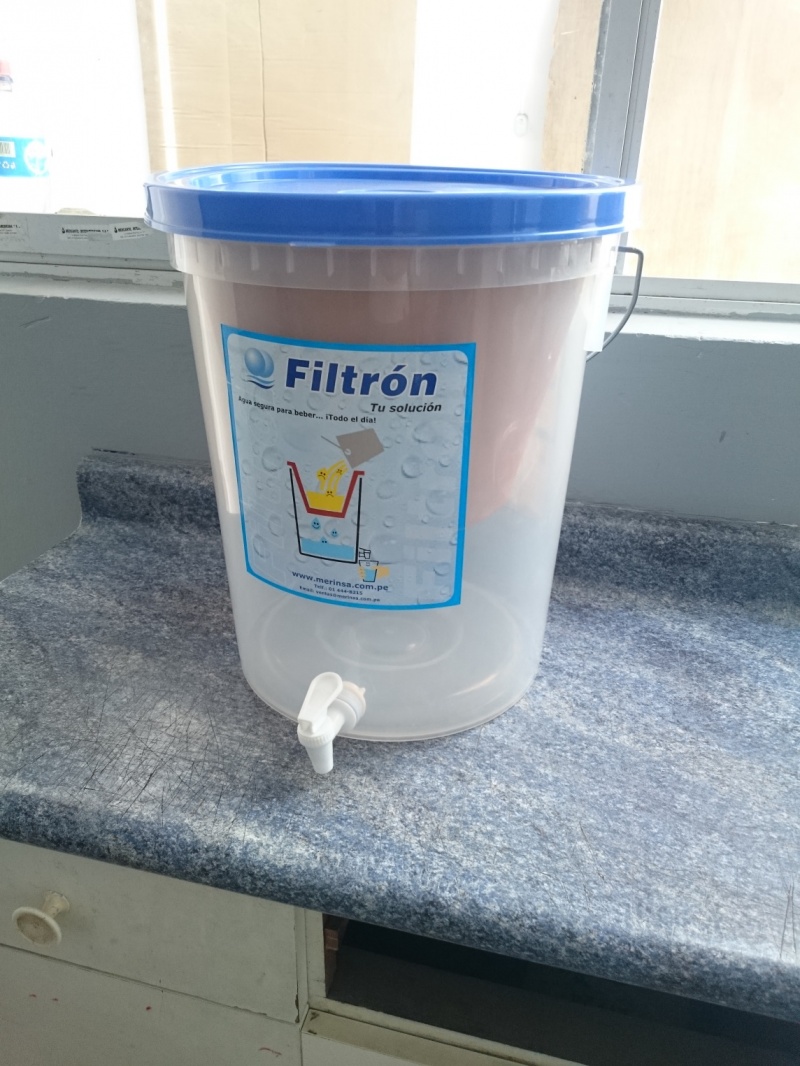
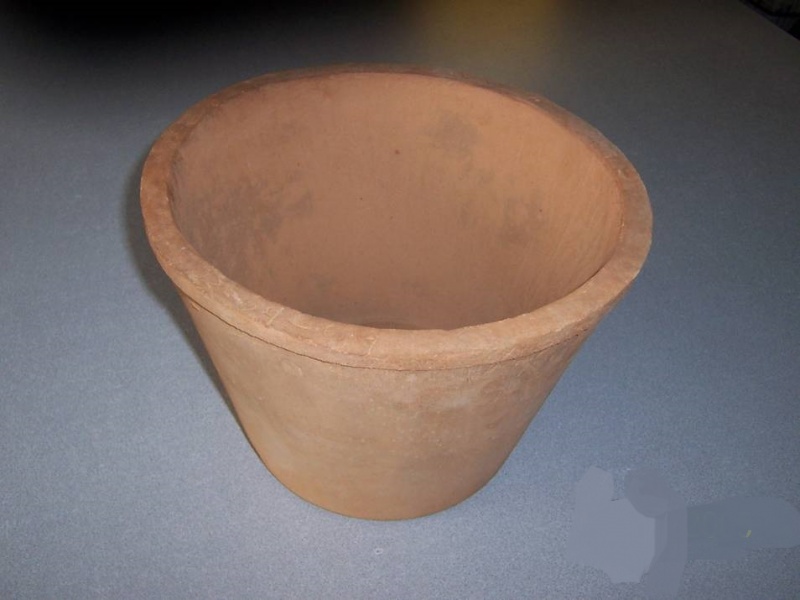
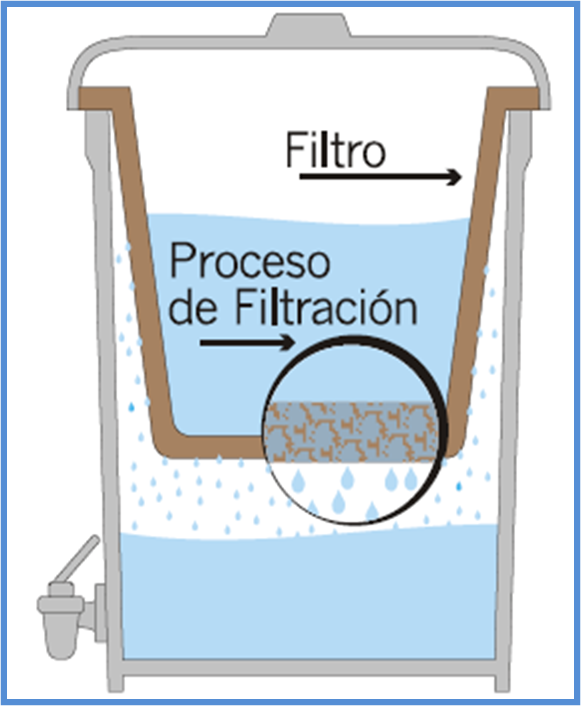
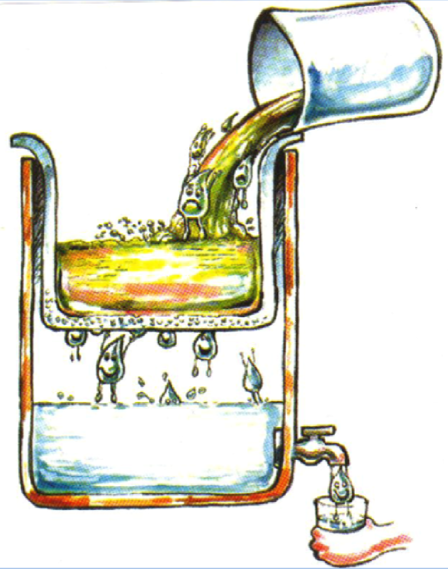
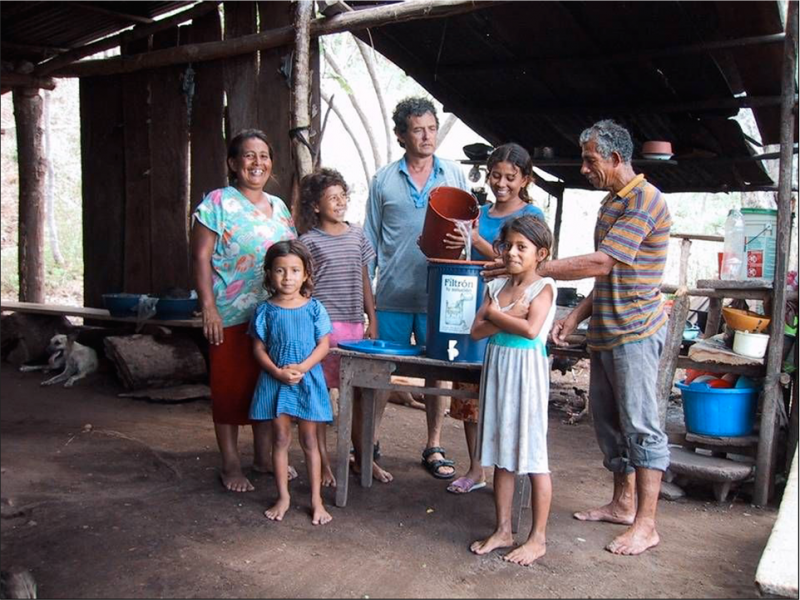
 Français
Français English
English Deutsch
Deutsch Español
Español Italiano
Italiano Português
Português